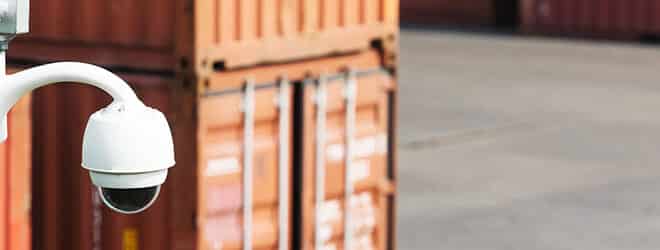No industry is immune to cybercrime: if you use any form of computer system, regardless of frequency, its size or sophistication, your business could suffer an attack. As construction becomes more digitally connected through smart tools, software, and remote systems, your vulnerability to cyber threats increases.
As more robotics, and connected tools are introduced on- and off-site, construction and contracting companies are facing new threats, from phishing scams to ransomware and fraud. While some reports suggest that large enterprises may see breach costs in the multi-million-dollar range, small and medium-sized enterprises (SMEs) in Canada typically experience breach costs between $100,000 and $500,000, according to IT Connect. For many SMEs, even costs at the higher end of that range can be existential threat to their business.
But does that mean you should ditch your digital tools? Perhaps not. Given the boost in safety and efficiency that technology can bring to a construction project, it might make better sense to get familiar with the growing cyber risk in construction and then consider how best to manage it before you swear off the technology altogether.
How does cybercrime target construction companies?
The digital revolution is a double-edged sword for construction companies. Tools like robotics, remote project access, cloud storage, drones, and smart sensors help streamline builds, but they also introduce entry points for hackers. Some of the most targeted construction and contracting assets include:
- Designs (architectural and engineering drawings)
- Intellectual property (like design rights)
- Financial data (corporate, customer, and vendor account information)
- Personal data (employee names, Social Insurance Numbers, and bank details)
- Files or account information that could be held for ransom (plans, permits, or sensitive communications)
- Smart infrastructure (for example, digital building systems)
Beyond financial loss, there’s the risk of business disruption, reputational damage, and regulatory fines – particularly if customer data is compromised or proprietary innovations are leaked. Between 2023 and 2024, phishing attacks on Canadian construction companies increased by 83 per cent, while ransomware attacks grew by 41 per cent.
More connectivity means more weak points
While robotics and automation adoption in construction remains low, it is expected to grow significantly in the coming years.
Tools like BIM, automated vehicles, and integrated drones open new pathways for hackers, especially, when they connect across multiple platforms or cloud-based systems. The Canadian Centre for Cyber Security warns that Internet of Things (IoT) devices in smart buildings are particularly vulnerable, as a single compromised connection can expose troves of data.
Do not overlook internal threats
Whether you’re a small business, mid-size company, or nation-wide construction corporation, a leak of information could mean the end of the road for your operations. Note that not all cybercrime comes from outside. Mistakes inside your organization can also cause serious breaches. One notable example is Turner Construction, where an employee accidentally forwarded sensitive earnings and tax data to a fraudulent email impacting over 5,600 employees and opening the door to identify theft.
Even small construction firms are vulnerable. A 2025 report by Statistics Canada revealed that 19,925 cyber-related violations were reported in the first quarter alone, with fraud accounting for nearly 50 per cent of these incidents.
What motivates hackers?
In most cases, it’s money. But espionage, sabotage, or even the thrill of causing large-scale disruption can also drive cyberattacks. Construction companies, especially, those working on critical infrastructure or government contracts may be targeted for political reasons or competitive gain.
Cyber-savvy strategies for your business
Understanding your risks is step one. Next, consider where your vulnerabilities lie. Are your smart devices secure? Are your employees trained to spot phishing attempts? Do you have multi-factor authentication in place?
Cyber risk management starts with:
- Strong password protocols
- Up-to-date software and firmware
- Employee training and response plans
- Secure cloud storage practices
- Routine cyber risk assessments
If you’re not sure where to begin, start by reviewing your construction site safety protocols, then layer in cyber safety measures to strengthen your defense.
Protect your construction business with cyber insurance
Even with the best cyber strategies in place, having the right insurance coverage can offer peace of mind and financial protection in case of an incident. To learn more about how you can safeguard your construction business against cyber risks, visit our Cyber Risk Insurance page today.




